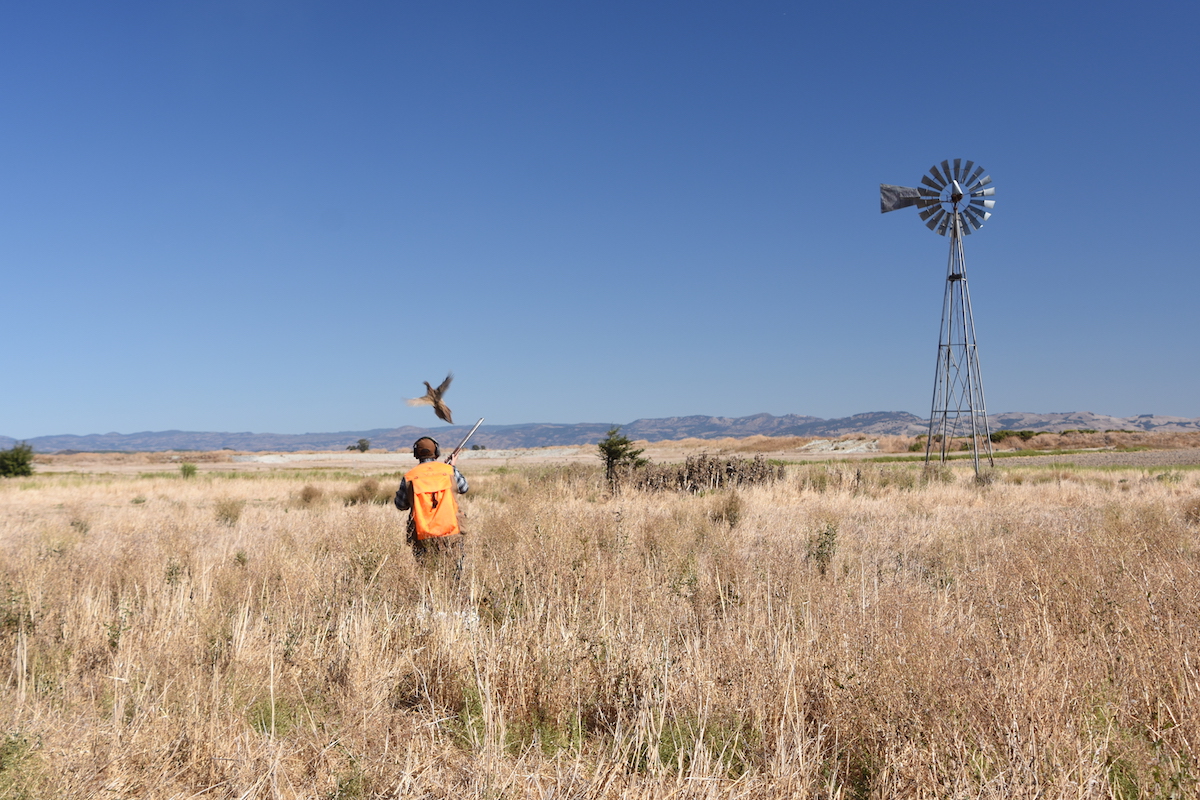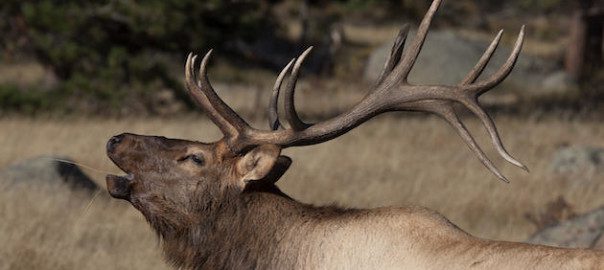Eider hunting is similar to mallard hunting—only different. With both species, you set out decoys, hide, and wait for shots. There the similarities end.
You set up in saltwater bays for eiders and don’t call to them. They don’t circle, bank, drop, rise, or gradually work closer. They fly low and fast, and you get them on the first pass or hope for more.
And you’d better hit them solidly with a big dose of large pellets. We threw 3-inch Federal Black Cloud Steel #2 loads through Mossberg Model 930 Pro Series Waterfowl 12 gauges to drop ten birds. We never lost one, thanks to Eider, the yellow Lab, and two of our hosts, Wally Martin and Ron Spencer, who chased down cripples beyond the reach of the dog.
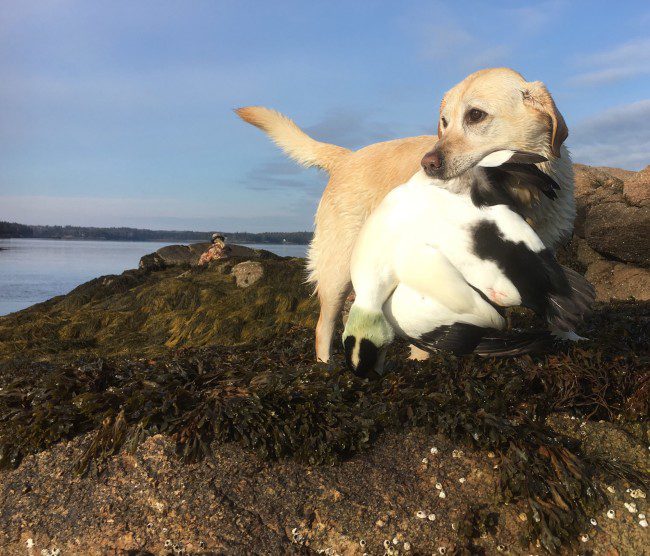
Eider holds a common eider.
The hunt began in the dark as four lifelong Maine waterfowlers and active DU conservationists motored us five miles to a rocky island in a narrow bay. By the dim glow of the eastern sky, they stretched three lines of a dozen eider decoys about 35 yards out from shore. Friends Linda Powell, Dave Zumbaugh, Andrew McKean, and I nestled into rocky nooks and crannies to await the flights.
They were few and far between, but enough singles and pairs passed to give everyone a good taste of eider hunting. Nary an eider banked or pitched in like eager mallards, but they obviously responded to the decoys, flying close enough for easy hits. We missed plenty anyway.
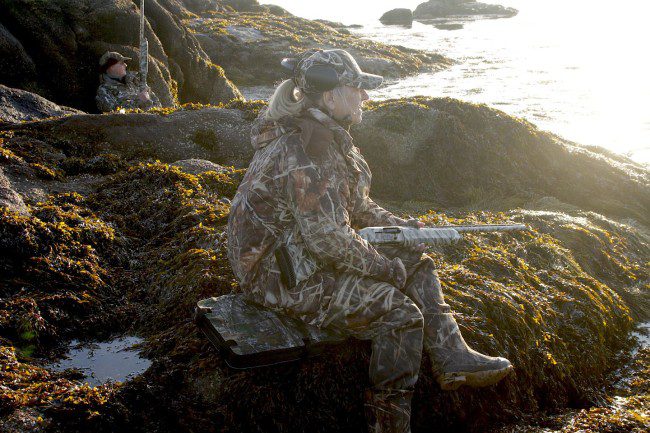
Linda Powell and Dave Zumbaugh await a flight of eiders on a rocky island off the coast of Maine.
It should be easy to hit a 6-pound duck flying low and straight, but they flap along at a steady 35 to 45 miles per hour. And sometimes “they” turn out to be loons, which you sure as heck don’t want to shoot, so you hesitate a bit, and he who hesitates . . .
Ours was supposed to be a three-morning shoot, but big winds wiped out the last two. I burned much of my shooting opportunities behind the camera, yet was still able to drop a pair of white-and-black males.
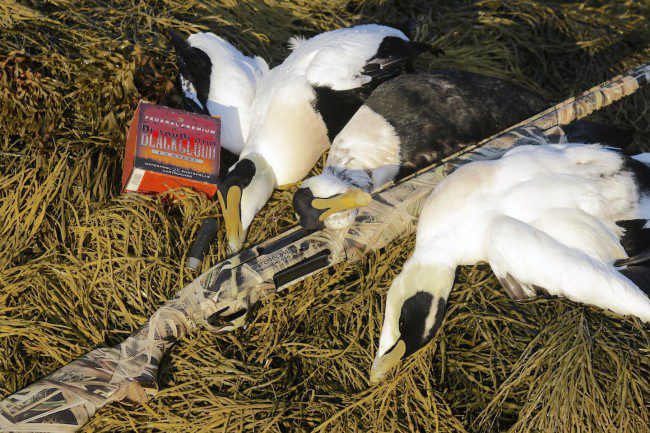
Three drake eiders fell to the Mossberg Model 930 autoloading 12 gauge Pro Series Waterfowl gun and Federal Black Cloud steel #2 loads.
That evening Dave and I seasoned several eider breasts with garlic salt and pepper and grilled them rare to medium rare. They were tender and surprisingly tasty, with a hint of the salty bay, much like steamed mussels.
Much as I enjoyed this hunt, I enjoyed even more a couple of photographic sessions with a feeding flock of some 600 birds.
For more from Ron Spomer, check out his website, ronspomeroutdoors.com, and be sure to subscribe to Sporting Classics for his rifles column and features.
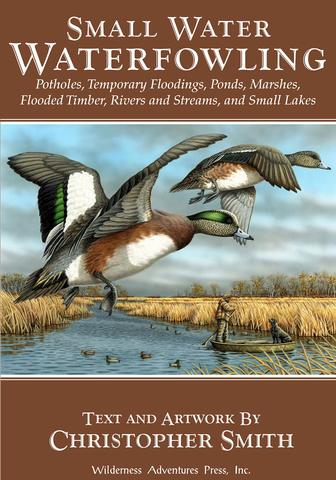 The North Atlantic, the Great Lakes, the Gulf Coast, the waves and the wind and the ducks – there’s no doubt that big water holds a lure for waterfowlers unlike any other.
The North Atlantic, the Great Lakes, the Gulf Coast, the waves and the wind and the ducks – there’s no doubt that big water holds a lure for waterfowlers unlike any other.
But when it comes to actually shooting ducks and geese over water, the action is on the small places – the inland lakes, the ponds and potholes, the floodings and creeks and backwaters. Day in and day out, that’s where the ducks are, and that’s where Chris Smith takes you.
However, each of these places requires a separate technique, alternate decoys spreads and calling concepts, and different gear to use. He tells you how to approach each type of hunting for the weather and conditions. He knows when and when not to call. He describes the skills a good waterfowl dog needs to know for each place, things he’s taught his succession of Labrador retrievers over the years. Buy Now


